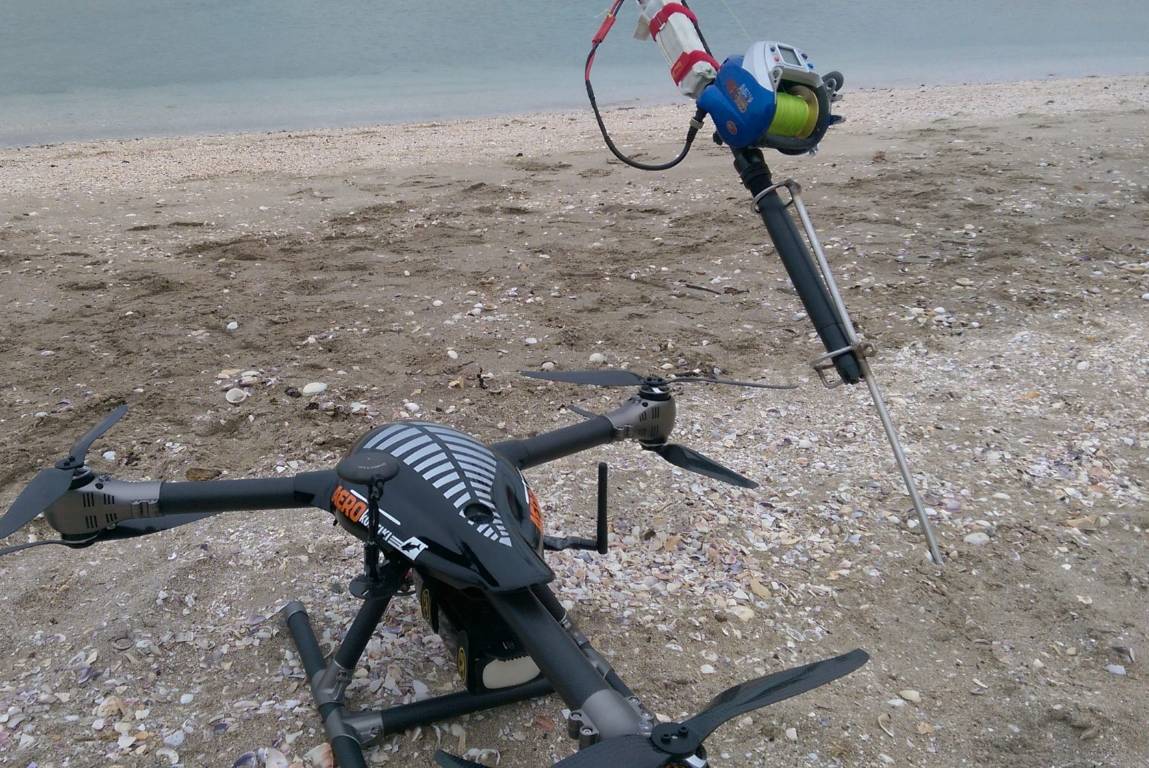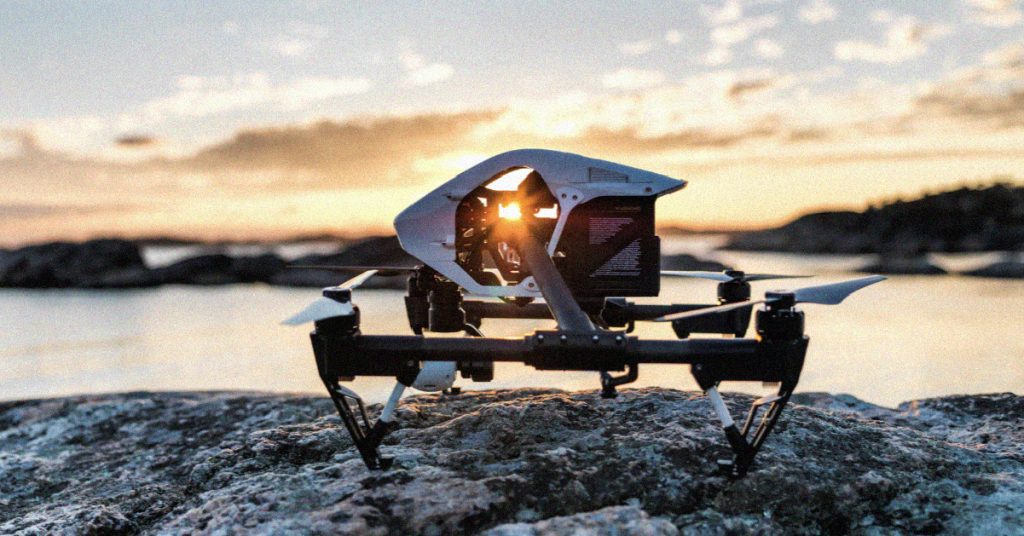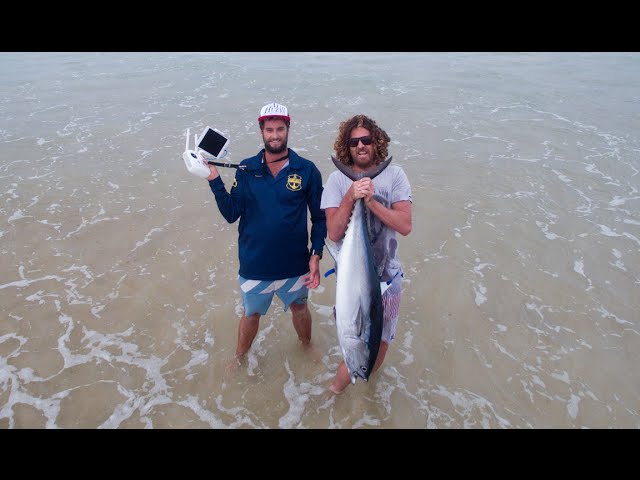
In this article, we'll look at the basics of a drone fishing rig. We'll also cover what you need to be aware of when choosing your drone and how it will perform over time. Then we'll show you how to get more out of your drone. Keep reading to learn more. Soon you will have the drone of dreams! Let's go !... and maybe catch some fish!
Basic drone fishing rig
When you are ready to start drone fishing, the first thing you need is a good set of hooks. The fishing line should be doubled and should be mono or braid. The fishing line should be doubled and tied with a Cat's Paw Loop (or Uni knot). You will need a sinker that weighs between 2 and 8 ounces as well as hooks to attach to the second section. The final step is to attach the lead loop and end loop of your drone using a snap swivel.
There are many options for creating a fishing drone. One basic method involves attaching a hook on the drone's landing gear and spinning the line until it releases. Droppers and drop lines can be used to keep the fishing net below the drone. Droppers are a way to keep the main line from getting caught up in propellers. A dock and battery pack can also be added to the fishing drones.
Once you've purchased the basic drone fishing rig, you'll need to purchase some additional equipment. A long fishing line (approximately 700m) and a bait-dropping device are essential. These are optional but can make your drone fishing experience even more enjoyable. A good drone will allow you to see more of your surroundings and be able spot fish much easier.

Payload for drone fishing equipment
If you're planning on catching a fish using a drone, you need to be aware of the safety measures that need to be taken. Avoid flying your drone in strong wind or rain. These are some tips to help you get started:
First, ensure that your drone is strong enough to carry your weight. The drone will not stay stable if it is loaded with heavy lures or braided lines. Also, if you're fishing at a seaside location, the wind may blow the drone off its course. You should also check the local laws and regulations as some might not allow drone fishing. A drone with good carrying capacity is essential if you plan to fish from it.
Next, decide what accessories you will mount on your drone. A good rule is to choose a rigging solution that has a central attach point in order to minimize weight distribution. The best attachment points for drones are motor struts, landing gear, or legs. It is important to avoid attaching any payload to the camera and gimbal because these can damage them. You can tie a fishing line running from one end of the camera to the opposite. To prevent it from slipping out, tape can be used to secure the fishing line.
Battery life of drone fishing rig
Be sure to check the batteries, and other gear before you go out fishing with your drone. This will help you keep the drone from running out of battery life and allowing you to focus on fishing instead of recharging. Some drones have solar panels or car batteries that allow you to charge them. You should start with fully charged batteries. This will make sure your drone is ready when you arrive at your fishing spot.

It is also important to take into account the drone’s flight time. There are some models that have longer flight time than others. However, a drone with a flight time of twenty-two minutes is sufficient to get the job done. This is great if your goal is to spend hours on water with your drone. However, a drone that is not able to sustain long distances will render it inoperable. This will make it almost impossible to catch fish.
Once you have set up the fishing rig and attached the fishing line clip or motor struts to it, Next, attach the bait line to the fishing line. Be sure to lock the reel before you fly the drone and unlock it when you're ready to drop the bait. The tension will build when you pull the line out and let the drone drop the bait into the water. The battery may not work properly if it isn't charged after each use.
FAQ
Are Drones Banned Where?
The FAA has banned drones from flying near airports, stadiums, sporting events, nuclear power plants, hospitals, prisons, and other restricted areas. They allow them to fly at nights using GPS technology.
What is the law about drones flying on private property?
New rules have been issued by the FAA for commercial drone flying. These rules do not apply to UAVs under 55 pounds or flying at less than 400 feet above sea level. Commercial operators will need to register with FAA and get a license from agency. They also need permission from local authorities when operating near airports or other restricted areas.
Can my drone be flown indoors?
Yes, it is possible to fly your drone indoors. You just have to ensure no obstacles or hazards inside your home. For instance, avoid flying near windows and doors, heating vents, heating units, air conditioning units, electrical outlets or water pipes.
Is it against the law to fly a helicopter?
Flying drones is an offense in certain countries, including Australia, Canada, Germany and Japan. It is legal to fly drones in other countries like France.
Is it possible to fly my drone in my backyard?
Yes! These are called UAVs, or unmanned aerial vehicles. There are many kinds of drones today. They range from small quadcopters, to large fixed-wing planes. The FAA recently updated its rules regarding commercial UAV use. You can now legally fly them to business purposes. You should be aware, however, that UAVs flying near airports can cause interference with air traffic control systems. To operate one, you will need to obtain permission from the local authorities.
What are the rules of operation when using drones?
The FAA must register your drone. This registration process includes submitting information about the device, including its weight, size, battery capacity, and operating frequency. It also requires you to obtain an identification number from the FAA.
Statistics
- According to ZipRecruiter, the minimum hourly wage of drone pilots is $20. (thedroneu.com)
- According to the multiple listing service (MLS), houses and apartments with drone photographs are up to 68 percent more likely to sell than those without pictures. (thedroneu.com)
- Research and Markets predict a growth rate of 51.1% over the next five years. (thedroneu.com)
External Links
How To
How to Fly Drones with Beginners
A drone is a remotely-controlled aircraft that is used for aerial photography and surveillance. Drones have been in use since World War II. DJI's Phantom series of quadcopters was the first to be commercially used. There have been many types of drones since then, including beginner-friendly drones like the Parrot AR Drone 2.0 and professional-grade multi-rotor crafts like the DJI Mavic Pro.
You can fly a drone in many different ways, including:
-
Remote control - This method uses a control device attached to your hand, which enables you to steer the drone through its flight path. There are two main types for controllers: Joysticks or On/Off switches, which can be used to control the drone's flight path.
-
Manual Control- This allows you to control your drone remotely via GPS coordinates. The app will provide instructions and help you to locate the drone.
-
Autonomous flight - The drone takes over the piloting duties. It's basically flying autonomously without any human intervention. A drone must have a builtin camera and sensors capable to capture images and other data.
-
Triggered Flight - This method is similar to manual control, except the pilot manually sets up a preprogrammed route, and the drone follows that route until it reaches the endpoint. Once the programmed route is completed, the drone lands automatically and returns back to the base.
-
Landing Gear – A few drones come with landing gear. This allows them land safely in the event of losing power or running out of battery.
-
Goggles – Pilots often wear goggles while flying to keep themselves safe from any debris.
-
Camera - Certain drones come with cameras that allow you to take photos and videos from high above.
-
Obstacles – Some drones have obstacle avoidance systems that stop them from colliding with obstacles.
-
Speed - Some drones reach speeds exceeding 40 mph.
-
Battery Life – Most drones will last 20 minutes to three hours depending on how powerful they are.
-
Range - Depending on the model, some drones can travel up to 30 miles away.
-
Power source - Some drones require an external power source; others work off internal batteries.
-
Weight - Some drones have a weight of less than 1 pound and others weigh 4 lbs.
-
Size - The size of drones varies from small, easily carried devices to more substantial crafts that weigh in excess of 50 pounds.
-
Price - From high-end models that cost thousands of dollars to low-cost options that start at $100, all drones fall under a certain price category.